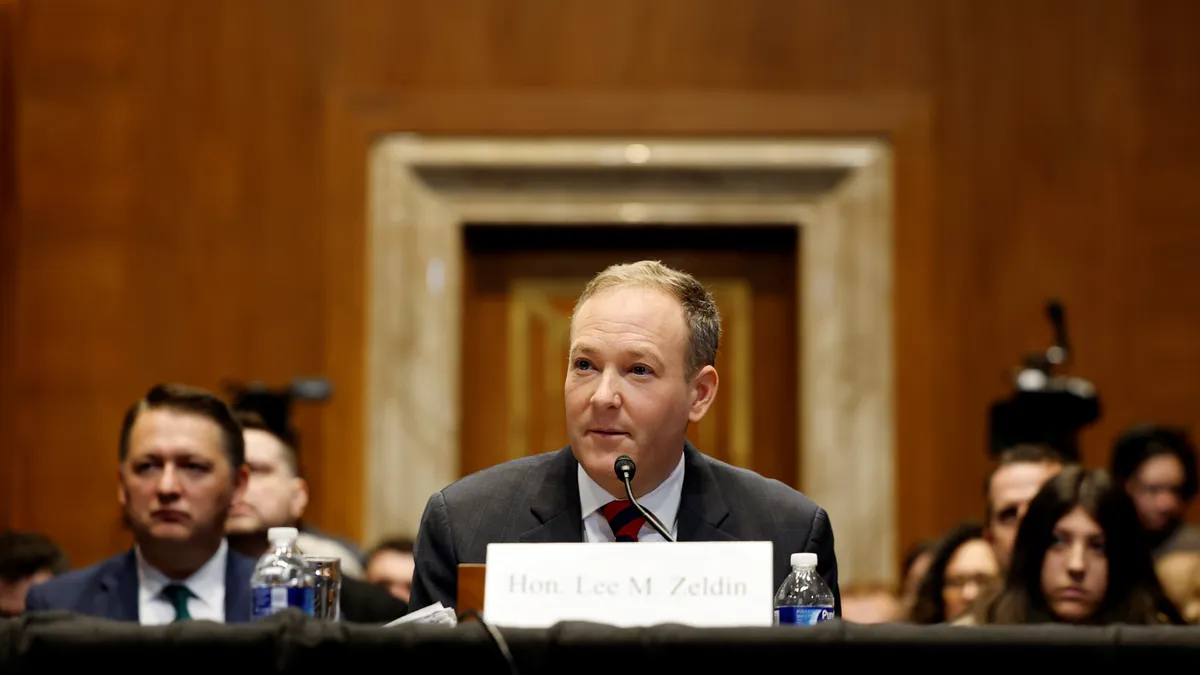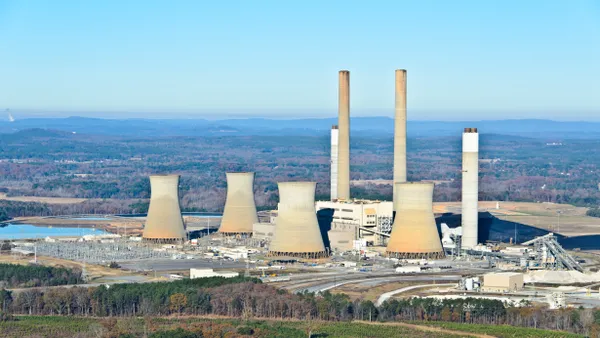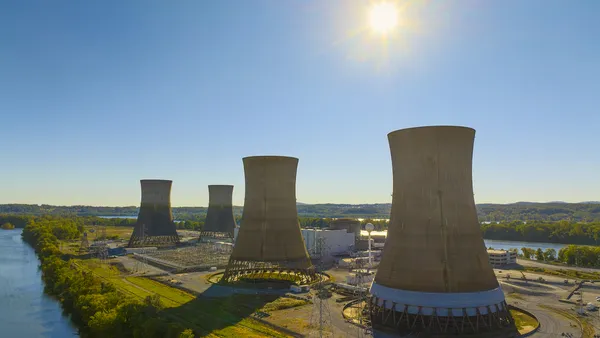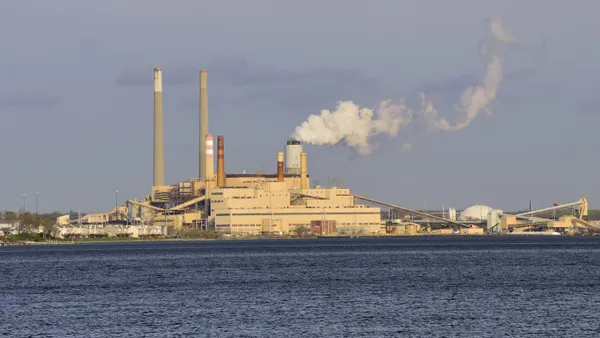Dive Brief:
-
The Environmental Protection Agency will release proposed carbon emission regulations for the power sector this week, multiple news outlets report, continuing a rollback of environmental rules put in place by the Obama administration.
-
The proposed regulations will require only modest improvements in generator efficiency and could allow states to opt out of the rules altogether, according Politico, which viewed a portion of the unpublished plan last week. President Trump is expected to tout the rule Tuesday in a West Virginia campaign stop.
-
The plan would aim for the power sector to cut emissions 0.7% to 1.5% from 2005 levels by 2030, the Washington Post reports, in contrast to the Obama administration's Clean Power Plan, which envisioned a 19% cut in power sector emissions. Greater efficiency at coal plants could allow them to run more often, however, potentially erasing even the more modest emissions reductions.
Dive Insight:
Replacement of the Clean Power Plan (CPP) represents a major step for Trump's deregulatory agenda and push to reinvigorate the domestic coal sector.
The CPP, finalized in 2015, aimed to set minimum emission standards for power plants and allow states to decide how to meet them. Generators that could not meet the standards, like many coal plants, could offset their power with electricity from less-polluting sources, like natural gas or renewables.
The rule never went into effect. The Supreme Court put it on hold in 2016 in response to arguments from coal plant owners, who said the rule's design would force them to subsidize their competition.
The EPA's replacement rule is expected to be more modest, only requiring minor improvements to generator efficiency that can be accomplished "inside the fenceline" of existing units. That would give plant owners less of an incentive to shift from coal to other sources of electricity.
The regulatory rollback comes as new analysis finds the U.S. is falling behind the pace set in the Obama administration to cut carbon emissions. Without the CPP, the U.S. is only likely to cut carbon emissions from the power sector 10%-18% by 2030, the Rhodium Group forecasted earlier this month.
Electricity market trends could change that outlook, however. In some parts of the nation, like the windy Great Plains, the price of renewable energy has fallen below the cost utilities pay to keep large coal and nuclear facilities online. Researchers expect that situation to spread as wind, solar and batteries decline in price, which could speed utilities' transition away from coal.
State policies to price carbon and mandate renewable energy will also counteract the Trump administration's deregulatory agenda, but the White House is aiming to stop some of those rules as well.
Earlier this month, the EPA proposed to roll back Obama-era efficiency rules for vehicles and revoke California's authority to issue more stringent regulations. Together, the power generation and transportation sectors account for more than half of U.S. carbon emissions.
When it is proposed, the Trump administration's CPP replacement will be subject to a 60 day comment period. Like the auto rule rollback, it will likely face court challenges from environmental groups and liberal states.













